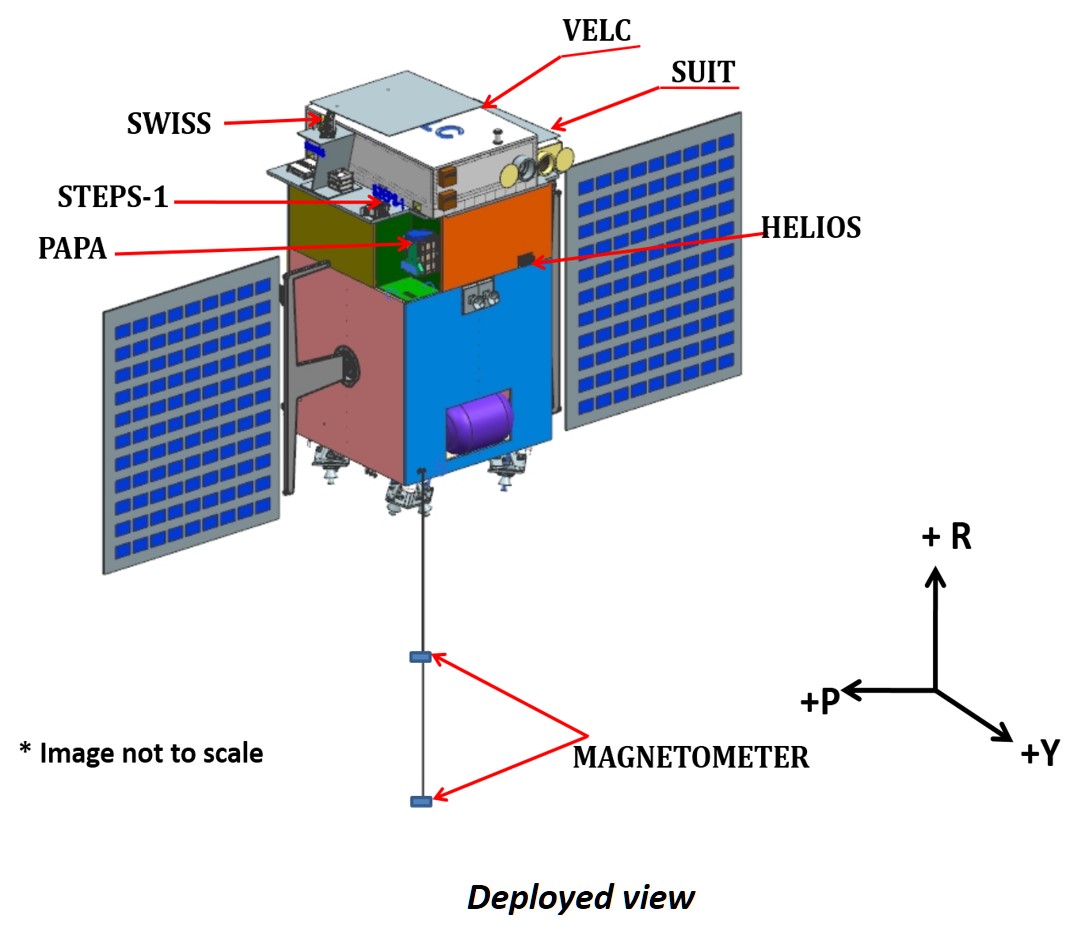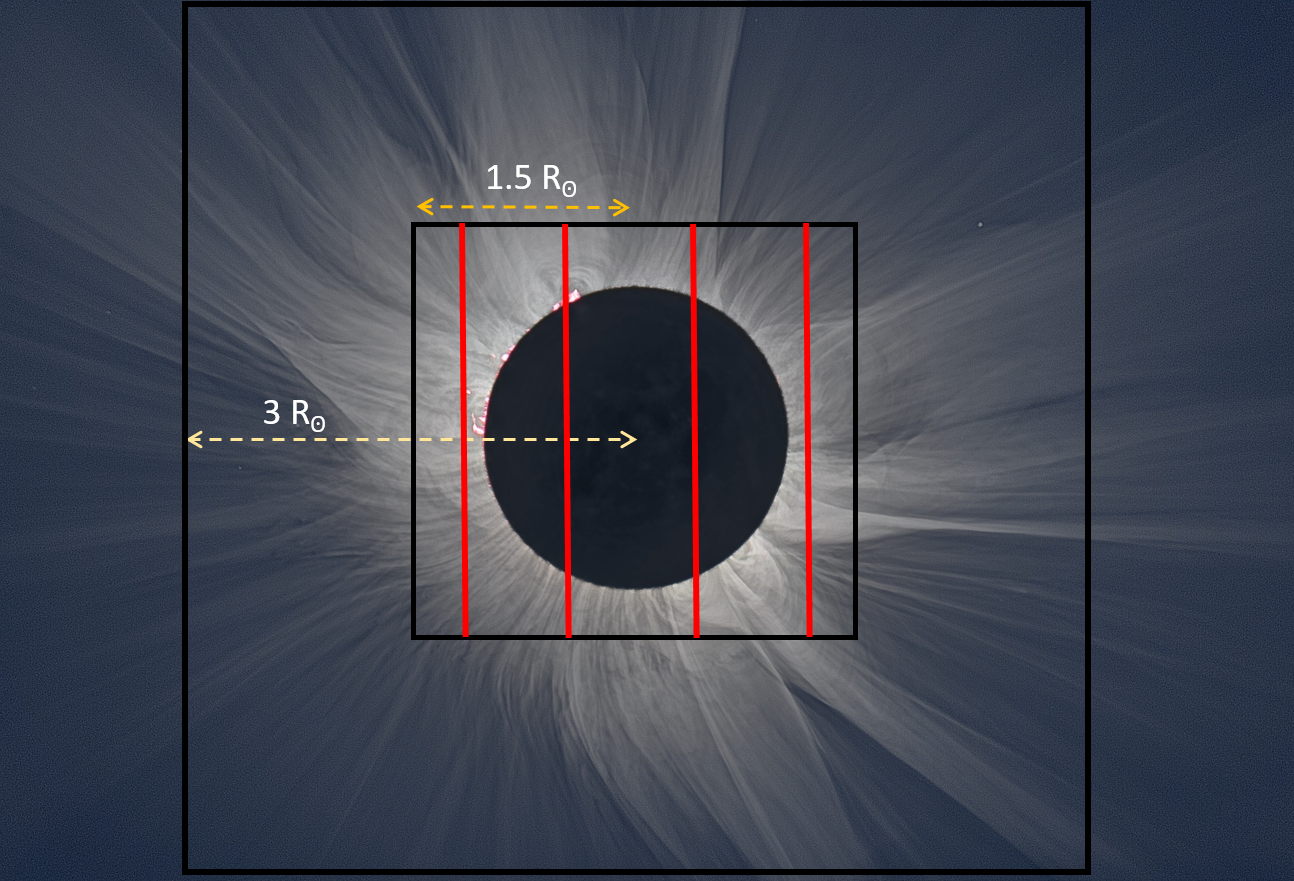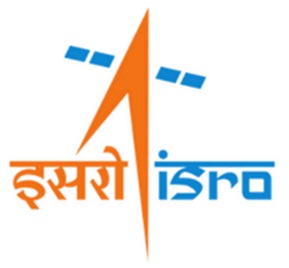Mission
Aditya-L1 is India's first dedicated scientific mission to study the Sun. Earlier, this mission was conceived as Aditya-1 with a 400 kg class satellite carrying one payload, the Visible Emission Line Coronagraph (VELC) and was planned to be launched in a 800 km low earth orbit. Since a Satellite placed in the halo orbit around the first Lagrangian point (L1) of the Sun-Earth system has the major advantage of continuously viewing the Sun without any occultation/eclipses. Therefore, the Aditya-1 mission has now been revised to "Aditya-L1 mission" and will be inserted in a halo orbit around the L1, which is 1.5 million km from the Earth towards the Sun. The satellite carries additional six payloads (SUIT-Solar Ultraviolet Imaging Telescope, ASPEX-Aditya Solar Wind Particle Experiment, PAPA-Plasma Analyser Package for Aditya, SoLEXS-Solar Low Energy X-ray Spectrometer, HEL1OS-High Energy L1 Orbiting X-ray Spectrometer, Magnetometer) with enhanced science scope and objectives possible by extensive remote and in-situ observation of the Sun.
The mission is approved and the satellite Aditya-L1 will be launched on September 2, 2023 by PSLV-XL from one of the ISRO centers at Sriharikota. The scientific studies by the satellite will enhance our current understanding of the Solar Corona and also provide vital data for space weather studies. This website will host information about the VELC payload being developed by the Indian Institute of Astrophysics (IIA) at Bengaluru.
The VELC payload on-board Aditya-L1 is an internally occulted solar coronagraph with simultaneous imaging, spectroscopy and spectro-polarimetry channels close to the solar limb. VELC is designed to image solar corona from 1.05 R☉ to 3 R☉ with a plate scale of 2.25 arcsecond per pixel. Both imaging and spectroscopic observations obtained by VELC payload are key to study the diagnostic parameters of solar corona and dynamics as well as origin of the coronal mass ejections and magnetic field measurements of the solar corona. Stokes vector measurements in the plane-of-sky and imaging in white-light as close as 1.05R☉ are the unique features of this payload.









